Let’s talk about Mise-en-scène for a minute – the old French expression that literally means “placing on stage”.
The term was originally used to describe the visual design of a theater production; literally what was on the stage. With the advent of film, the expression was expanded to mean the visual design of everything that’s captured by the camera, including the actors, the sets, the lighting, the framing of the shot, props, costumes, etc. If the camera sees it, it’s part of the mise-en-scène. The physical design of a film’s mise-en-scène is brought to life by the Production Designer.
The Production Designer is the head of the Art Department and works with the Director to design and oversee the visual atmosphere of the film. This includes set building, set dressing, and props. They bring to life the world in which the story takes place. This look is catered to both the story and how the filmmaker wants to visually express that story. Think about it: a Tim Burton period piece will look vastly different from a Joe Wright period piece.
So how does one find a Production Designer? Well in the case of The Storyteller, Director Joe Crump didn’t have to look far.
Joe approached Hamilton Southeastern HS, where I work. I teach history and run a film studies program and film production company where students come together to create completely original feature length films. We met to discuss the project and Joe found out about my side career as a sculptor/artist, so my involvement grew from there. - Jamie Follis, Production Designer of The Storyteller
Check out this featurette on how Director Darren Aronofsky worked with his Production Designer, Thérèse DePrez to create the look for the Academy Award Winning Black Swan.
We met and discussed certain films that had elements we both liked. Joe had some ideas and I read the script and came up with my own as well. I am also well versed in history, art, and mythology as I teach those subjects at HSE HS. Those would come to be strong influences. We met and my ideas were received well; we ran with them in some cases, and in others I found a way to give Joe what he wanted, or we found ways to blend both what Joe wanted and what I envisioned to create something even newer and better. – Jamie Follis, Production Designer of The Storyteller
During pre-production a Production Designer’s duties include:
- Reading the script and breaking down all the visual aspects that will go into the film. These include: locations, set design, and props
- Determine with the Director if there is there a visual theme that is apparent in each location? (As noted in the above featurette: every set took on an aspect of Swan Lake)
- Determine with the Director if CGI should be used to aide in the creation of the design (will green screen be needed?)
- Create designs conveying the mood, lighting, color and indeed texture of the film. These will be distributed to the rest of the art department
- Once created, technical designs will be generated so that any construction that needs to be completed can be planned
In deciding what the film will look like, all decisions are based on the idea that the Director and Production Designer are on the same page as to what atmosphere they’re trying to achieve. In the case of The Storyteller, that look came together from a lineage shared by both Director Joe Crump and Production Designer Jamie Follis.
The film had a lot of celtic influences which were very personal to Joe and his wife Nancy. I am also of Irish descent so there was no real communication barrier. I understood what they wanted and loved including those things where we could. Joe really wanted that magical fantasy element and I discussed the Romanticism era and its reverence for nature as being potential influences. I liked the idea of a magic that is devoid of the more fantasy elements of today’s pop culture and draws from more of the celtic druidic folk beliefs of magic and the wonder, awe, and nostalgia they held in the post-industrial era; Joe agreed whole-heartedly. – Jamie Follis, Production Designer of The Storyteller
Once production begins the Production Designer:
- Works with those in the Art Department to coordinate schedules and monitor the (art) budget
- Monitors what upcoming locations are being built and the status of those sets
- Arrive on set early to look over the location with the Director and Director of Photography – Assess the camera set-ups and go over what part of the set needs to be dressed and what props will be needed.
Did You Build It Or Did You Find It?
Shooting on a set involves much more work on the designer’s part. You are starting with a blank canvas, in most cases, and you are bringing in symbolism, imagery, color, and textures that represent the mood or character. You have much more control and ultimately a much more personal and specific look. Actual locations are often chosen because of the look they already have. You also have much less control because you can’t move a tree or paint a building (at least on this scale). The canvas is in many ways 90% done, and you can bring in some small elements to emphasize things. - Jamie Follis, Production Designer of The Storyteller
We’ve talked before about Locations and Tech Scouting. A Production Designer’s job differs whether you’re working in a Practical Location - an existing location – or creating your location on a Stage. But regardless of the type of set, the Production Designer always works with the Director of Photography so that the frame has everything it needs. In the case of The Storyteller, this led to an interesting lesson for Jamie Follis.
Our DP, Dan Clarke, has been amazing. I have learned so much from working with him. We talked very briefly before production began. But during production I worked with him a lot as the shots are being planned and set up. We talked about colors and placement of things. We also discussed wanting to fill the negative spaces to not distract the audience, but no so much that we inversely distract by being too busy or looking cluttered. I basically plan the space, place my pieces and props, and then we move them slightly to give the greatest impact. I have learned to always have a few pieces not placed, that I put up after the shot is set up. - Jamie Follis, Production Designer of The Storyteller
Most films involve some set building and some use of actual locations. But just because the location is built, doesn’t mean it can’t have a fantastical element. Check out this featurette (worked on by yours truly) that explores the amazing world created for Joe Wright’s adaptation of Anna Karenina.

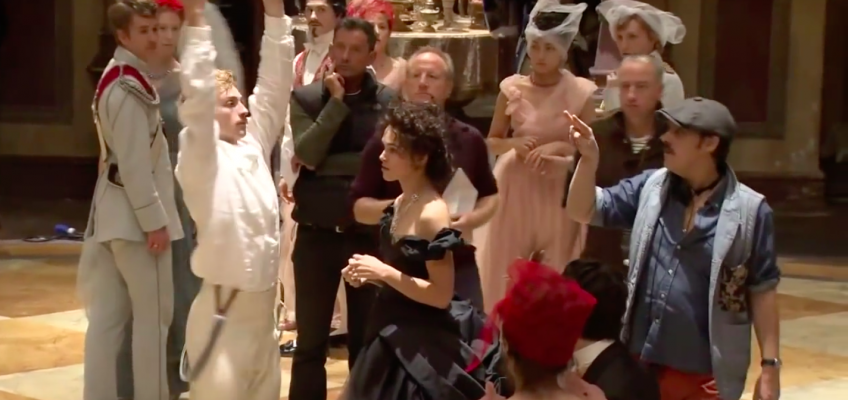
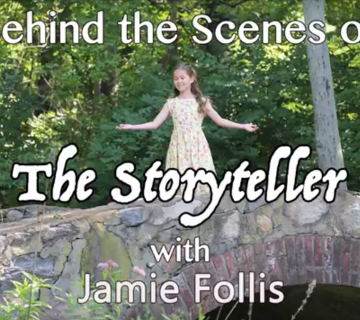
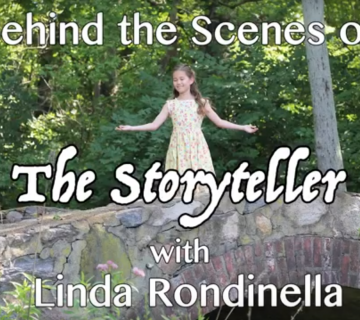

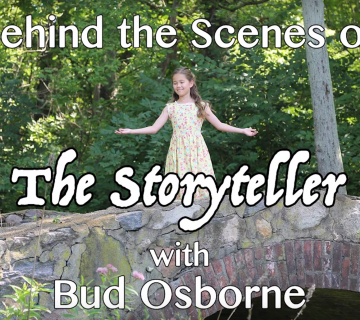
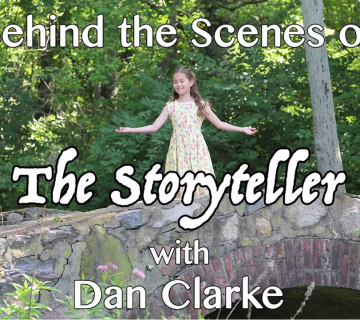
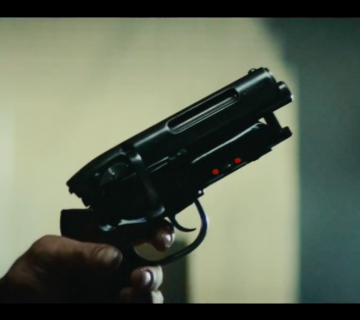
Join the Conversation →